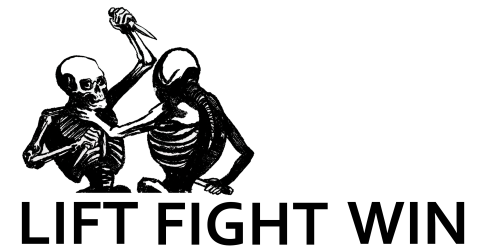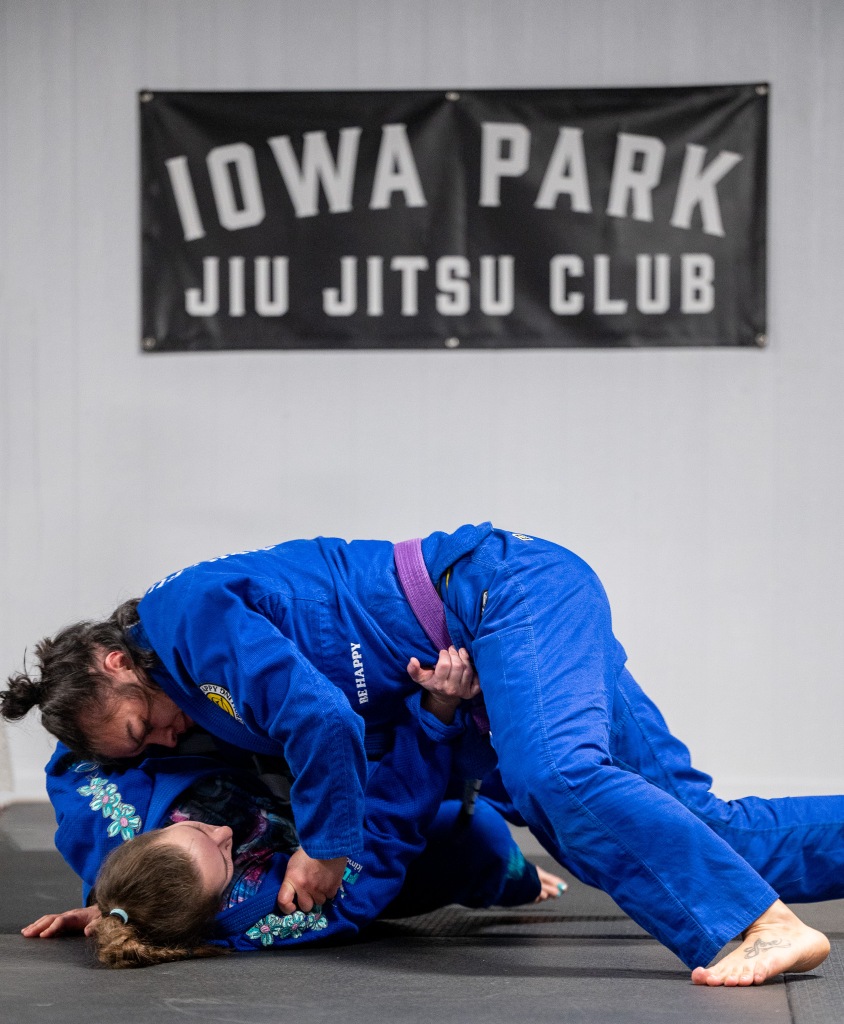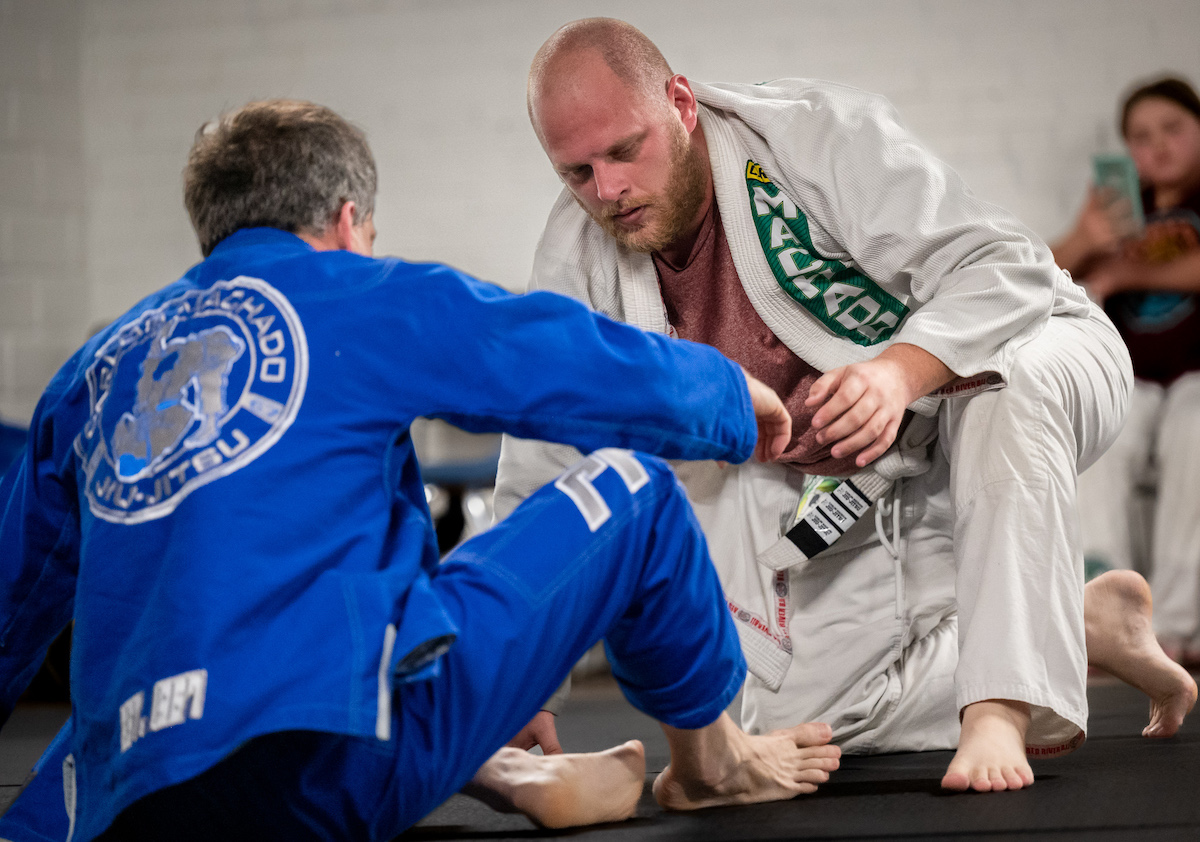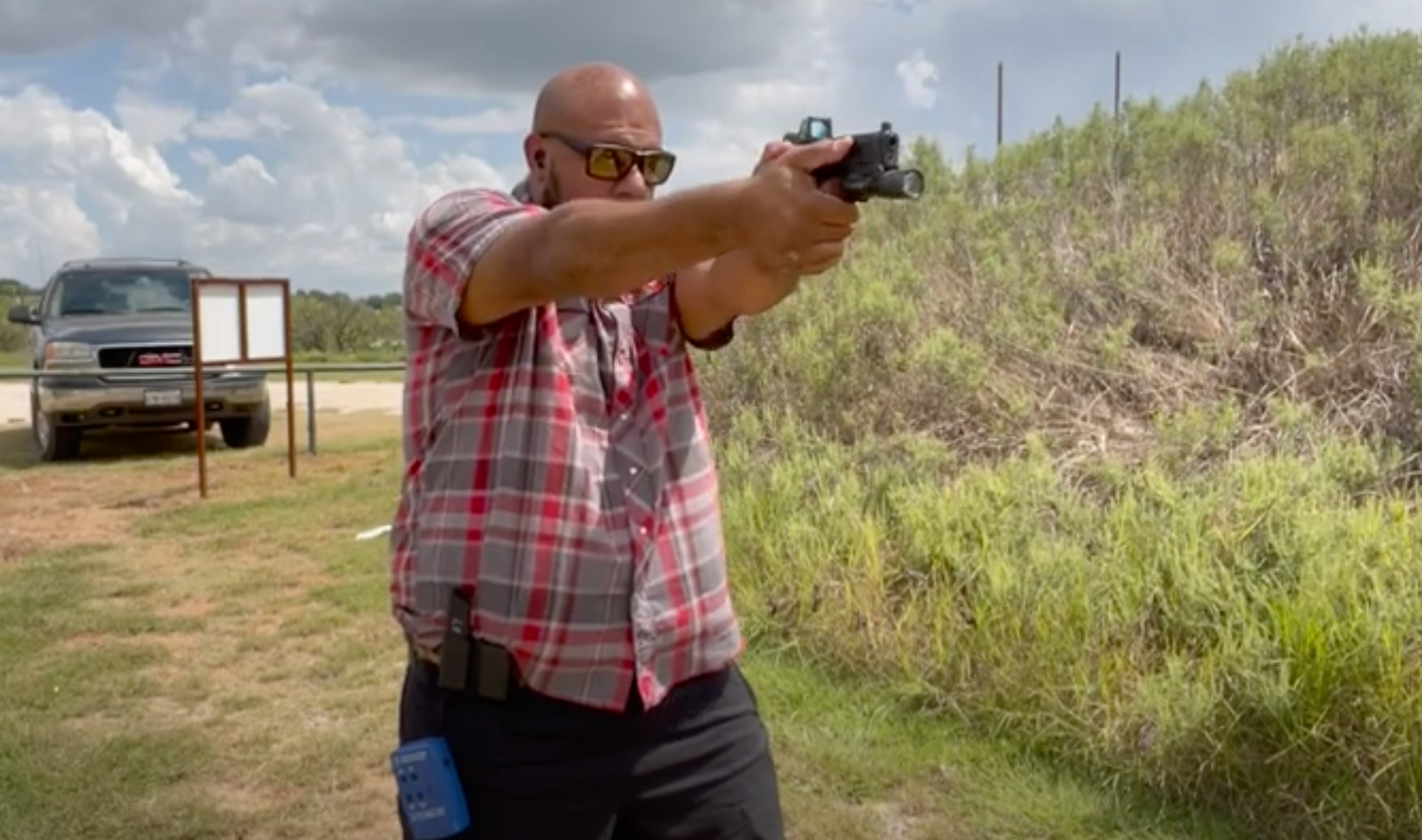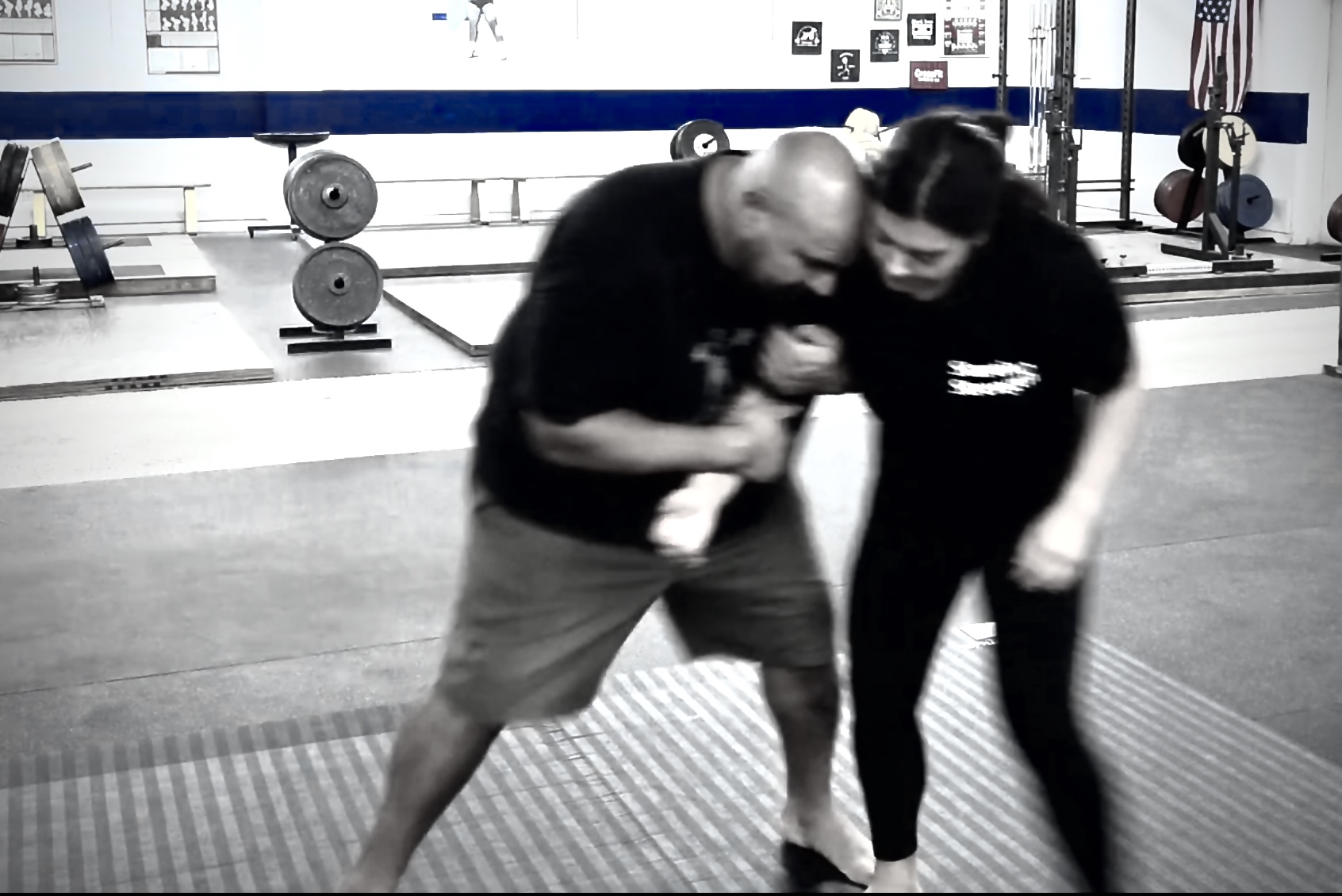Strength programs that are set up for individuals who are much further along the strength performance curve are inappropriate for individuals who are starting out. A properly designed program that any advanced lifter is doing will be different from the properly designed program that any other advanced lifter will be doing. Conversely, nearly every novice lifter will be doing the same properly designed program as other novices.
This is because programming and training variables move along a continuum from general, basic, and simple to specific, individual, and complex. Your ability to make strength increases is subject to the law of diminishing returns. When you’re a novice, a simple, basic, and general program works to provide substantial gains. The stronger you get, the more expensive additional gains become and more complexity, individualization, and attention to specificity is required in designing your program.
The thing that everyone forgets is that this concept – the law of diminishing returns coupled with the stress, recovery, adaptation cycle, and the need for complexity, individualization, and specific programming at any given time – applies to conditioning as well. In fact, the concept applies to both factors in the Two Factor Model of Sports Performance – training (the accumulation of physiologic adaptation) and practice (the improvement of skill).
Now, don’t get crazy and start thinking that you should jump right into a conditioning program today. Let’s think about this for a minute.
Remember that strength affects all other physical performance attributes positively. And the weaker you are, the greater the effect. So, if you’re a novice, getting stronger is quite literally the best thing you can do to improve your conditioning. Your hobbies and competitive aspirations will determine your conditioning needs but starting out training for strength and then practicing your hobby or sport provides the necessary conditioning for that activity. So the point is that you should move your strength performance along as a priority because If you don’t, you’re leaving all of the benefits of increased force production on the table, plus the ability to stress the organism that is you to a higher degree when you do your sport. If you are stronger, you can go harder in your sport and in your conditioning training when it’s appropriate.
Consider the following: If you squat 200 lbs, how much weight can you use on the prowler? When you get your squat up to 500, how much weight will you be able to put on the prowler? Would being able to put twice as much weight on the prowler for a 15 minute conditioning session positively affect your “cardio” and to a greater extent than using less weight? Would being able to hit the heavy bag harder, use a heavier kettlebell, RX your WOD, etc., etc., etc. positively affect your “cardio”? Of course, it would. Because you have increased your work capacity – to use a fun buzzword.
As strength increases, things become easier. As you gain more skill in your sport, your movement becomes more efficient and energy expenditure decreases. If you’ve gotten strong and practiced your sport long enough, there will come a time when more complex, more individualized, and more specific conditioning training becomes appropriate because your strength gains have slowed down significantly, your skill is such that just doing your sport is no longer sufficiently stressful, and you’ve adapted to the metabolic demands of your sport. At that point, you will assess your conditioning needs and find the tool and protocol that will give you the most bang for your buck and that does not negatively impact your overall performance.
You’ll follow the same progression that you did way back at the beginning of your strength training using a simple protocol and moving to more complex protocols depending on your individual needs. For example, you may start with a prowler doing a simple 30 seconds on, 90 seconds off program for 5 rounds. You can adjust weight, bout or rest time, number of rounds, or total time as you improve your conditioning. Depending on the demands of your sport and your individual deficiencies, you’ll move into more individualized and specific conditioning programming.
And so, we arrive at the same place we started in terms of advanced versus novice programming. Appropriately designed conditioning programs that are designed for high level athletes will be specific to a given athlete. Appropriately designed conditioning programs for conditioning novices will be the same.
You will do your sport, then eventually do some low impact, high intensity anaerobic work on the prowler, rower, or Echo bike, then eventually modify and specialize based on your needs and how you respond to the basic program.
Ray Williams’ strength training program isn’t appropriate for you and never will be. Neither is Connor McGregor’s conditioning program. The conditioning program that is appropriate for you will depend on your individual situation, your training history, and your experience with high cardiorespiratory demand activity, and the only way to figure out what that looks like is to properly apply the process as follows:
1. Train for strength and practice your sport. Then,
2. When your strength training has slowed significantly, continue training for strength while practicing your sport and start training intelligently for conditioning. Then,
3. Adjust and periodize your strength and conditioning training based on your season or competition schedule.
If you’re weak, you don’t need conditioning regardless of your sport. You need to get strong. This represents the most common situation for most people.
If you’re strong and unskilled, you don’t need conditioning regardless of your sport. You need to practice your sport. This represents the second most common situation and those of you who fall in this category run the risk of wasting training time chasing conditioning when you just need to stay in the gym staying strong and practice more.
If you’re strong and skilled, your conditioning will depend on your specific needs as determined by the application of the process I’ve outlined. The folks in this category are rare, competing seriously, and very likely not you. And most importantly, the conditioning protocols used by an individual in this category do not apply to anyone but the individual doing them.
So let’s be smart. Don’t use conditioning as a way to avoid training for strength. And if you’re doing conditioning because you like doing conditioning, don’t make up a bizarre justification involving cardio, your heart, or your hobby. Instead realize that you’re trading getting stronger and getting better at your sport for penance, getting sweaty, and getting tired.
If conditioning is appropriate for you, make sure that it comports with your level of training advancement and that you don’t just copy/paste someone else’s conditioning program.
